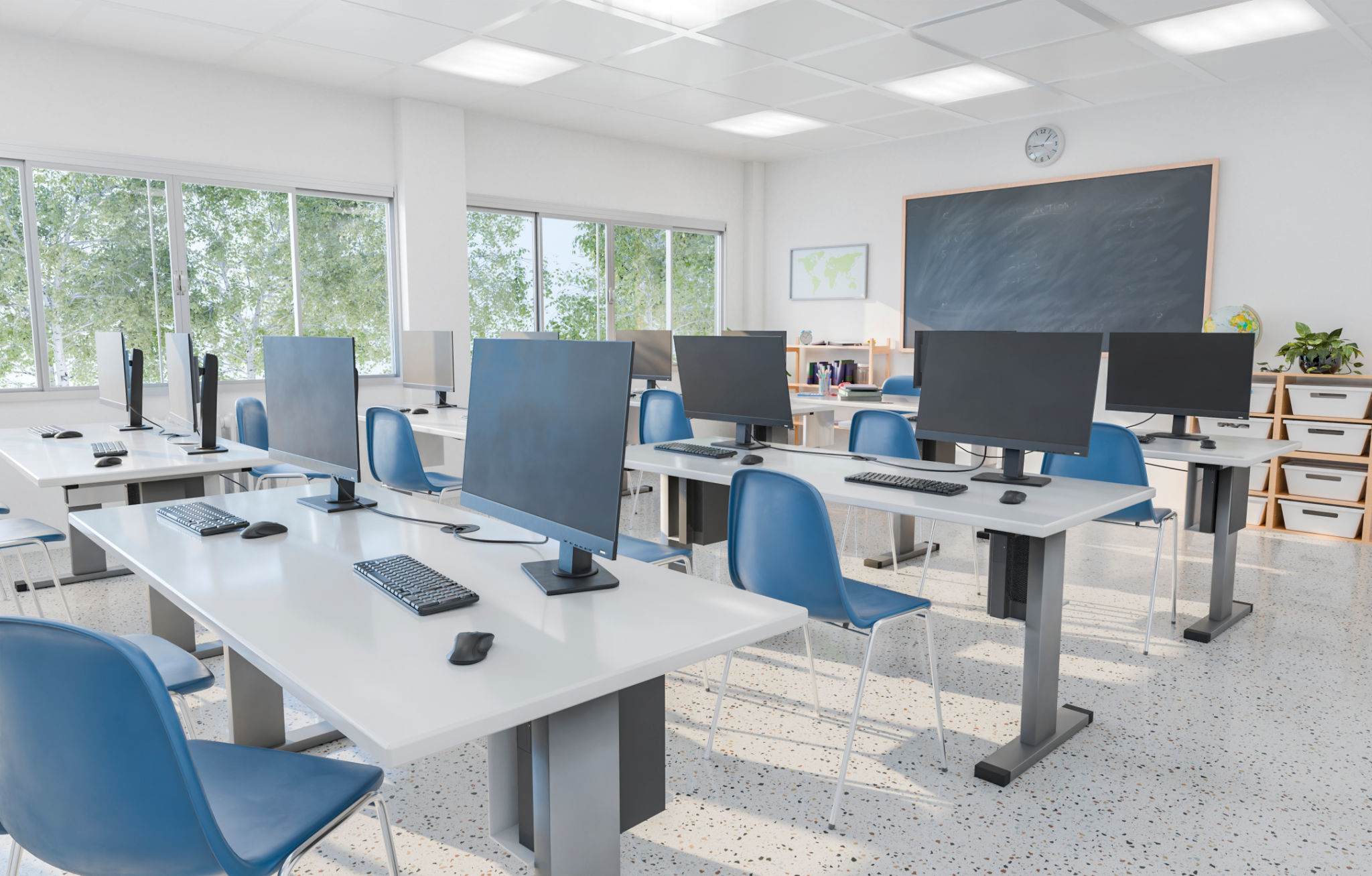Overcoming Common Misconceptions About Virtual Schools
Understanding Virtual Schools
In recent years, virtual schools have become a popular alternative to traditional education. However, despite their growing prominence, many misconceptions still surround this innovative mode of learning. By addressing these misunderstandings, we can better appreciate the benefits that virtual schools offer to students and parents alike.
Virtual schools provide a flexible and personalized learning environment. Unlike traditional schools, these programs allow students to learn at their own pace, which can be particularly beneficial for those who require more time to understand certain subjects or for advanced learners who wish to progress quickly. Understanding this flexibility is crucial to appreciating the unique advantages of virtual education.

Misconception: Lack of Social Interaction
A common belief about virtual schools is that they limit students' social interactions. However, this is not entirely true. Virtual schools often incorporate various avenues for students to engage with peers, such as group projects, discussion forums, and virtual events. These platforms not only facilitate social interaction but also teach students valuable communication skills in a digital environment.
Moreover, many virtual schools encourage extracurricular activities that enable students to connect with others who share similar interests. Clubs, webinars, and even virtual field trips are frequently organized to ensure a well-rounded educational experience. Thus, students still have plenty of opportunities to build friendships and develop social skills.

Misconception: Inferior Quality of Education
Another misconception is that virtual schools offer an inferior quality of education compared to traditional schooling. In reality, many virtual programs are accredited and adhere to strict educational standards. They often employ qualified teachers who are experts in their fields and use advanced technology to deliver comprehensive lessons.
Virtual schools also provide a diverse range of courses and learning resources that cater to different interests and learning styles. The availability of multimedia resources, such as videos and interactive activities, can enhance understanding and retention of the material. This variety ensures that students receive a robust and engaging education.

Misconception: Limited Support for Students
A prevalent concern is that virtual schools do not offer adequate support for students. On the contrary, many virtual schools have dedicated support teams that provide academic assistance and counseling services. Students can reach out to instructors through emails, chat systems, or scheduled video calls to seek help with their coursework.
Additionally, virtual schools often have resources available for parents as well. Parent portals give access to student progress reports and allow parents to communicate directly with teachers if needed. This collaboration ensures that students receive the necessary support from both their educators and families.
The Future of Education
As technology continues to evolve, so does the landscape of education. Virtual schools are at the forefront of this transformation, offering innovative solutions to modern educational challenges. By debunking common misconceptions, we can better understand and appreciate the potential of virtual schooling in providing quality education to diverse learners.
Ultimately, whether it's accommodating different learning paces, fostering social connections, or ensuring high educational standards, virtual schools offer a viable and effective alternative to traditional classrooms. As more families explore this option, it's important to keep an open mind and consider the unique benefits that virtual education can provide.
